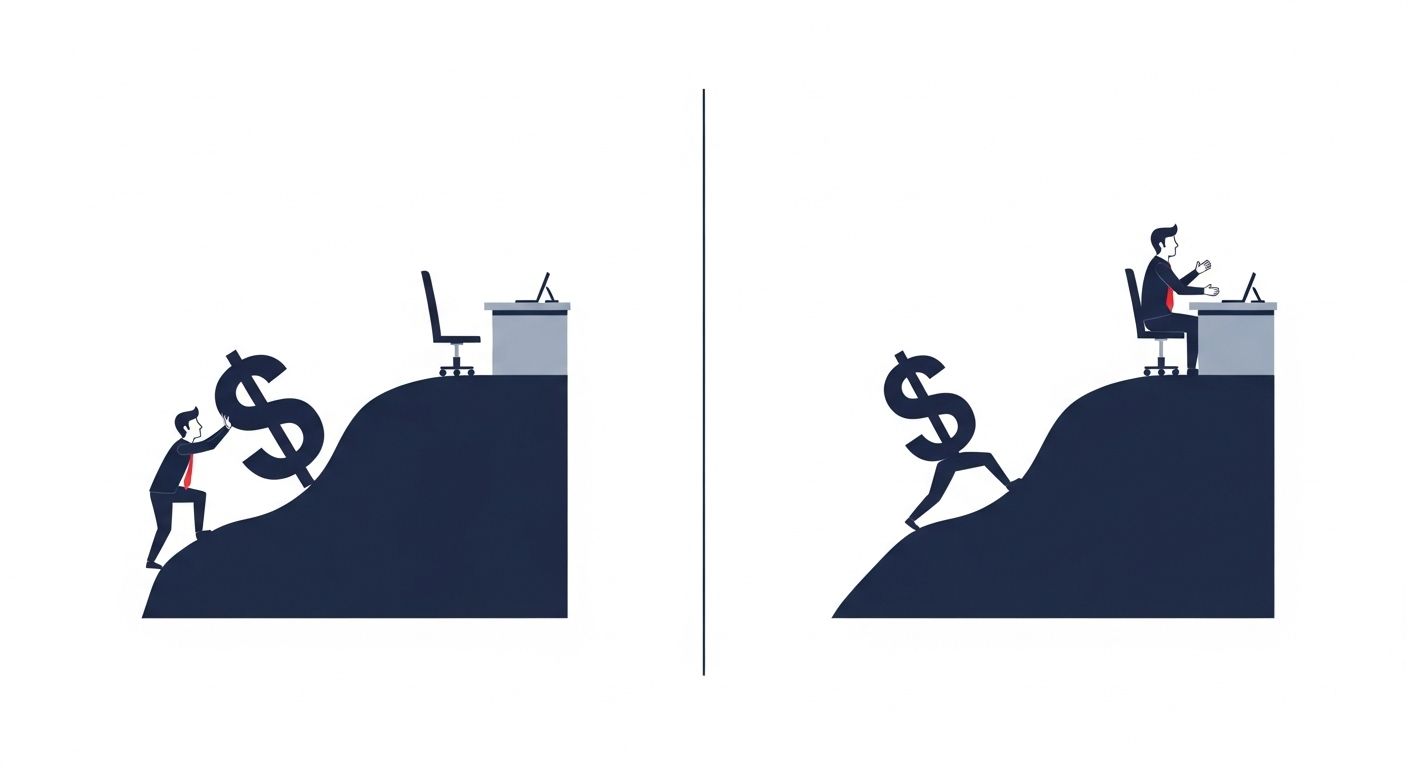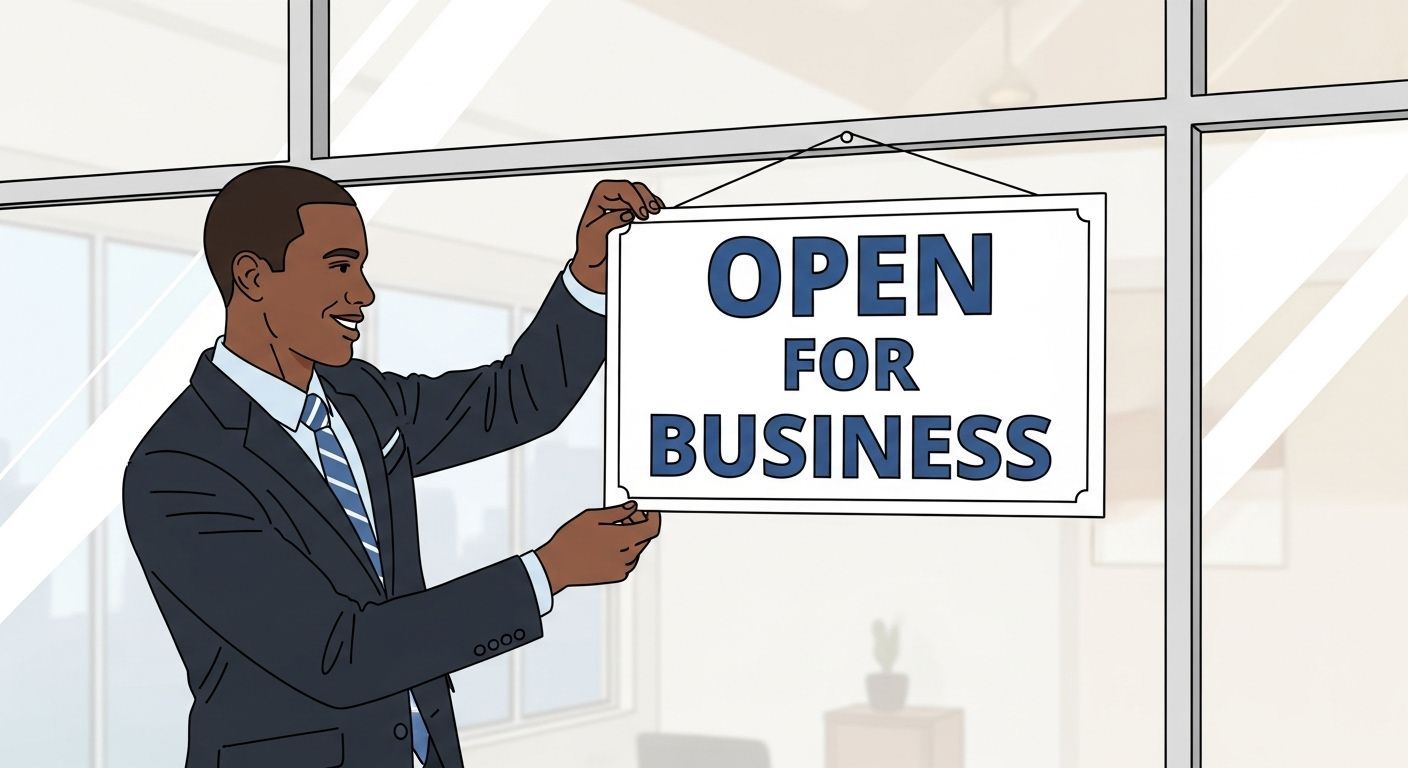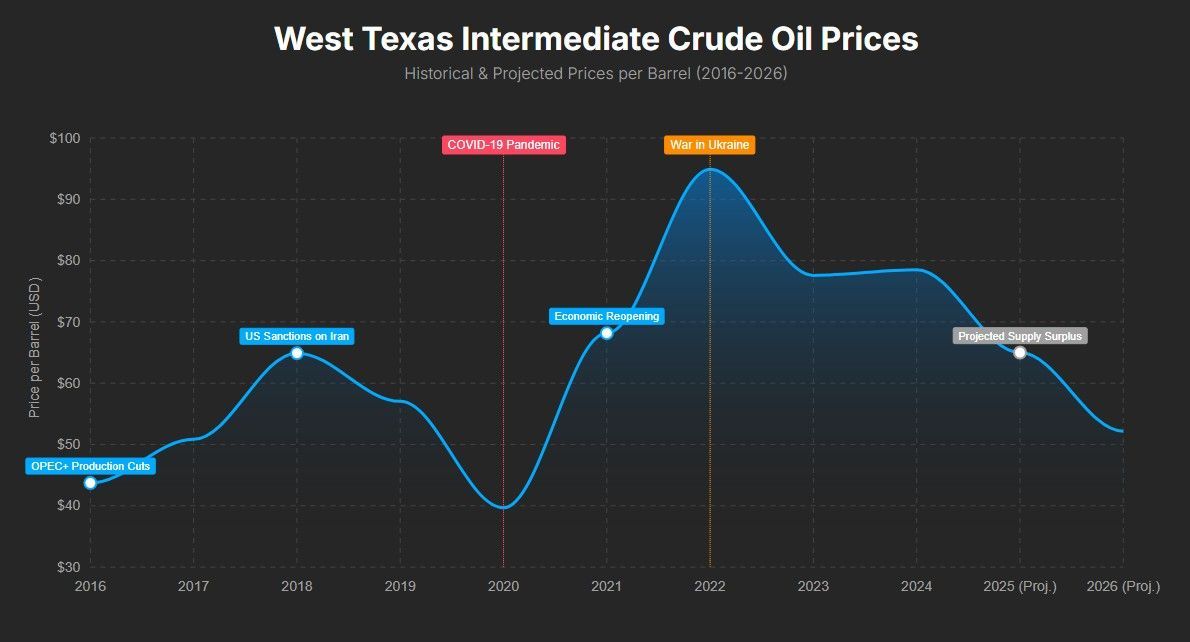How to Define "Awareness" in Marketing and Why Improving Your Business Awareness Matters
Doug Mansfield • October 28, 2025
In simple terms, Awareness is a potential customer's knowledge that your brand, products, or service exist. But as I've seen after consulting with hundreds of business owners, this "Awareness" challenge is not a one-size-fits-all problem. The type of business you run dictates the type of Awareness challenge you face, and the solutions for each are completely different.

The Two Types of Awareness Challenges
Let's look at two very different businesses:
- The Commercial Plumber: This company has almost no "service awareness" problem. Their potential customers—building managers, property owners, etc.—already understand what a plumber does and when they need to call one. The plumber's real challenge is
brand awareness. In a crowded market, how do you stand out? Why should they call your company instead of the ten others they find on Google? Your challenge is to become a recognized and trusted name before the pipe bursts.
- The Innovative SaaS Company: Now, imagine a new software company that has developed an AI-powered platform to help medical researchers reduce drop-outs in long-term medical studies. This company faces a massive product awareness challenge. Medical researchers aren't aware this kind of solution even exists, so they certainly aren't searching for it. This company has to educate its entire market. And, if the company itself is new, it faces both a product awareness and a brand awareness challenge.
These two businesses both need "Awareness," but their strategies will be worlds apart.
How to Solve a Brand Awareness Challenge (For the Plumber)
If your business is like the plumber's—providing a well-understood solution in a crowded market—your goal is to build brand familiarity and trust. Here are three ways to tackle that problem:
- Top-of-Funnel Paid Advertising: This is a particularly effective strategy here. I'm not talking about the expensive, high-intent search ads bidding on "burst pipe in office building." I'm talking about brand-building ads. Carefully placed display ads in local business journals or targeted social media ads can expose many new potential customers to your brand before they have a problem. This builds familiarity and is typically less costly per impression than trying to intercept someone in a full-blown emergency.
- Content Marketing & SEO: Create and share valuable content that answers the non-emergency questions your customers have. A commercial plumber could write, "The 5-Point Plumbing Maintenance Checklist for Property Managers." This positions you as an expert and builds trust. When a need arises, your business will be the first one they think of.
- Hyper-Local SEO & Reputation Management: For a local business, your Google Business Profile is a cornerstone of your Foundation. Actively managing it, ensuring your Name, Address, and Phone are consistent everywhere, and generating a steady stream of positive reviews is a powerful awareness tactic. When a prospect searches for options, your strong reputation makes you the obvious choice.
How to Solve a Product Awareness Challenge (For the SaaS Company)
If you're like the SaaS company, you can't just build brand; you have to educate the market. Your goal is to inform the right people that a new, better solution now exists.
- Educational Content Marketing: Your content isn't just "helpful"; it's foundational. You need to create blog posts, white papers, and videos that define the problem your audience may not even know they can solve. For example: "The Multi-Million Dollar Problem: How Participant Drop-Out is Skewing Medical Research." This creates the category in the customer's mind.
- Thought Leadership & Public Relations: Your audience isn't searching for you, so you have to go to them. This means getting featured in the industry publications, journals, and podcasts they already read and trust. Speaking at medical research conferences or hosting webinars demonstrates your expertise and introduces your new concept to a captive audience.
- Strategic Partnerships: Collaborate with complementary businesses or influencers who already have the trust of your target audience. The SaaS company could partner with existing research software providers or well-known academic institutions. This allows you to leverage their established credibility to introduce your new solution.
Why This Matters for the Rest of Your Marketing
In the FADA framework, you must solve your Awareness problem before you can effectively move on to Differentiation and Action. This example perfectly illustrates why the Differentiation challenge is so disproportionate for different companies.
- The SaaS company has a massive Awareness challenge but a very easy Differentiation challenge. Their service is the differentiator. By being the first or only provider, they automatically stand out.
- The plumber has an easier Awareness challenge (people know what plumbing is) but a brutal Differentiation challenge. They must find other ways to stand out, like a unique service guarantee, an incredible customer experience, or a powerful niche.
This is why, as I, Doug Mansfield, always say, marketing isn't a simple checklist. You have to first identify your real challenge. Understanding whether you have an Awareness problem or a Differentiation problem is the key to focusing your time and money on what truly matters to grow your business.
This blog post was created by Doug Mansfield, president and founder of Mansfield Marketing











